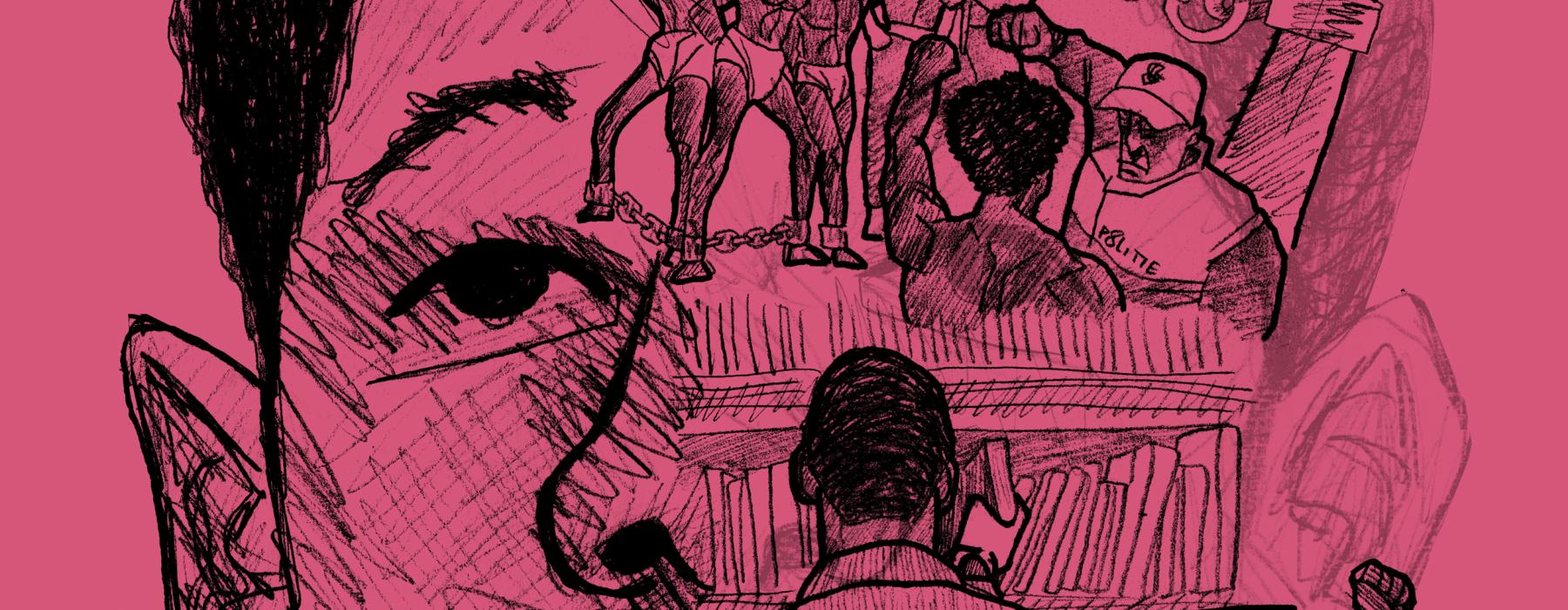
The exhibition places the enslaved and their descendants centre stage. To initiate a sometimes difficult but productive dialogue, the Tropenmuseum has sought out personal stories from past and present that bring the history of slavery and its current-day legacies up close.